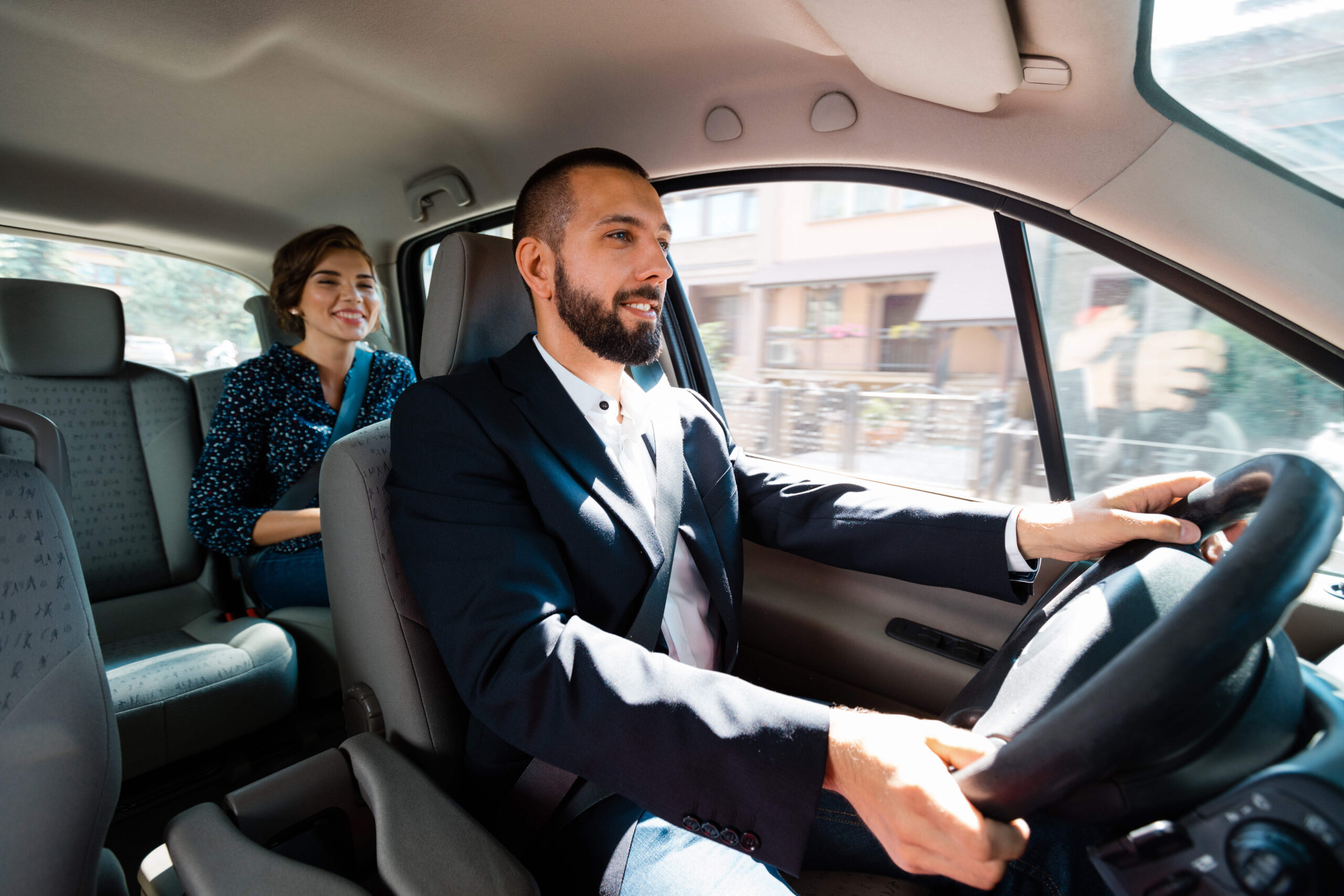Ride Share Driving Jobs: How to Earn Money on Your Schedule
Updated: Dec 15, 2025
If you have a car, a smartphone, and a flexible schedule, becoming a ride share driver can be a smart way to earn extra cash. Whether you’re looking to supplement your main income, cover a few bills, or save for a goal, driving for companies like Uber and Lyft offers a flexible way to make money on your terms.

Why Ride Share Driving Appeals to So Many
Ride share jobs are popular because they let you choose when, where, and how often you work. There’s no boss watching over your shoulder, and you don’t need a college degree or special license to get started.
You can work around your main job, school schedule, childcare, or other responsibilities. Many drivers appreciate the freedom to log in and start earning whenever they have time, especially during evenings, weekends, or high-demand hours.
And while it’s not always guaranteed income, ride share driving can provide fast payouts—with many services offering same-day or next-day pay options.
What Do Ride Share Drivers Actually Do?
As a ride share driver, your job is to use your personal vehicle to pick up passengers and take them to their destinations. The app on your phone handles navigation, fares, and payments—you just focus on driving safely and delivering good customer service.
Most rides are short local trips, like people going to work, shopping, appointments, or the airport. You’ll get ride requests through the app, see how far the trip is, and decide whether to accept it. You can take breaks or stop driving anytime.
Depending on the platform, you might also be able to deliver food (like Uber Eats), groceries, or packages—giving you even more ways to earn.
Companies You Can Drive For
The two biggest ride share companies are Uber and Lyft, available in most U.S. cities. Some drivers sign up for both to increase their chances of getting more rides.
Other companies that offer driving and delivery work include:
-
DoorDash – food delivery
-
Instacart – grocery delivery
-
Amazon Flex – package delivery
-
Shipt – store-to-home delivery service
Many of these let you work on-demand or schedule shifts in advance. Some require a short application process and a background check before you start.
Requirements to Get Started
Requirements vary slightly by company, but generally, you’ll need:
-
A valid driver’s license
-
A clean driving record
-
A background check
-
A four-door vehicle (in most cases)
-
Proof of insurance and vehicle registration
-
A smartphone with internet access
-
At least one year of driving experience (or three years if you’re under 25)
Your vehicle doesn’t need to be brand-new, but it should be clean, safe, and well-maintained. Some companies have age and condition requirements for cars—typically no older than 15 years.
If you don’t own a car, you might still qualify by renting one through a partner program, like Uber’s rental options with HyreCar or Hertz.
How Much Can You Earn?
Earnings depend on your location, how much you drive, and when you drive. On average, drivers make around $15 to $25 per hour before expenses. High-demand times (like rush hour, weekends, or holidays) often pay more.
Most apps show how much you’ll earn for each ride, and tips from passengers can add extra income. You’ll also keep 100% of your tips.
However, remember: you’re responsible for your car’s gas, maintenance, and wear and tear. You’re also considered self-employed, which means you’ll need to set aside money for taxes.
To get the most out of your time, focus on busy areas, work during peak times, and use driver forums or local groups to learn about the best routes and strategies.
Pros and Cons of Ride Share Driving
Pros:
-
Flexible schedule
-
Quick payouts
-
No boss or office
-
Can work as little or as much as you want
-
Tips can increase earnings
Cons:
-
Car expenses add up (gas, oil, tires)
-
Income isn’t guaranteed
-
Must handle taxes and self-employment reporting
-
Dealing with traffic, rude passengers, or long waits
It’s a good fit for people who enjoy driving, don’t mind working alone, and are comfortable using a phone app to navigate and manage rides.
Tips to Maximize Your Earnings
-
Track your miles: Use a free app like Stride or Everlance to track mileage for tax deductions.
-
Keep your car clean: Passengers appreciate a clean ride, which may lead to higher ratings and more tips.
-
Use gas rewards programs: Apps like Upside can help you save on fuel.
-
Learn your city: Know where events, busy streets, and traffic patterns are to find more rides.
-
Check for driver bonuses: Both Uber and Lyft offer promotions for completing a certain number of rides in a set time.
Managing Taxes and Expenses
As a ride share driver, you’re an independent contractor—not an employee. That means you’re in charge of your own taxes.
You’ll likely receive a 1099 form at the end of the year showing your income. Keep records of:
-
Mileage driven for work
-
Car maintenance and supplies
-
Tolls and parking fees
-
Your phone bill (if used for the job)
You can deduct many of these expenses when you file taxes, which reduces how much you owe. Consider using free resources like IRS.gov or visiting a local volunteer tax prep service (VITA) if you need help.
Final Thoughts
Ride share driving can be a flexible, convenient way to earn money using a resource you already own—your car. While it’s not for everyone, it can be a great fit for people who want more control over their time, need fast access to cash, or enjoy meeting new people. Like any gig job, it’s what you make of it—so drive smart, track your earnings, and take care of your vehicle to make it work for you.

